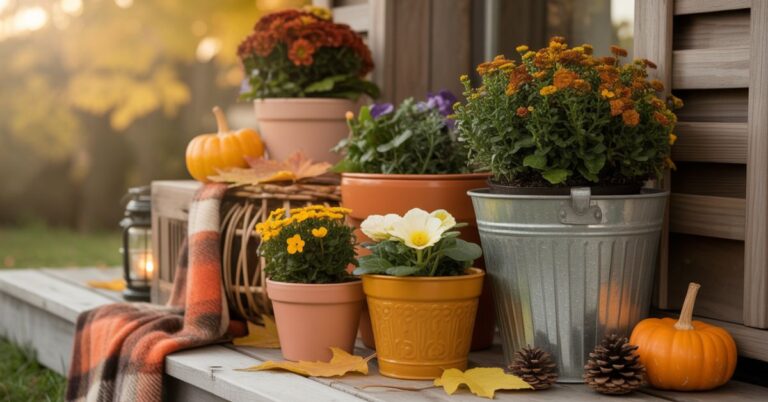Money Plant Complete Guide to Growth And Care
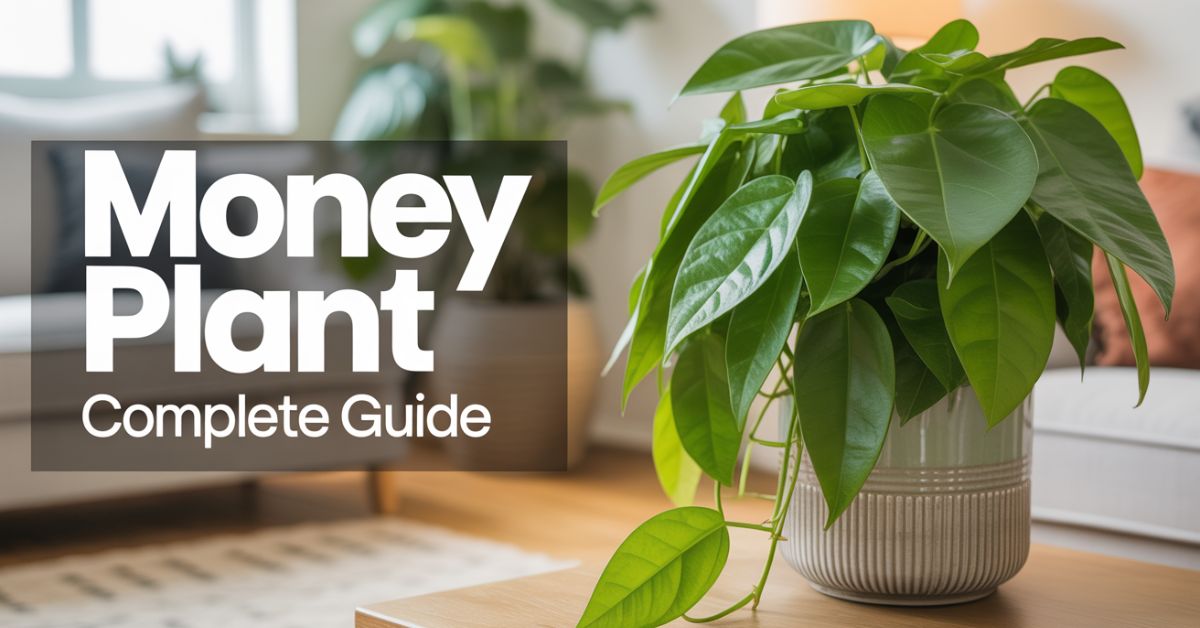
The money plant is one of the most popular indoor plants across the world. Known for its glossy green leaves and low-maintenance care, the money plant is often associated with prosperity, wealth, and positive energy. In many cultures, particularly in India and Southeast Asia, it is believed that growing a money plant indoors can bring financial stability and good luck.
Scientifically, money plant refers to species such as Epipremnum aureum (commonly called devil’s ivy or pothos). It belongs to the Araceae family and is native to tropical regions. This evergreen vine is loved for its air-purifying qualities, ability to grow in water or soil, and its symbolic connection to abundance.
In this article, we’ll explore the complete details about the money plant, its types, benefits, care tips, propagation methods, and Vastu Shastra guidance.
Origin and Significance of Money Plant
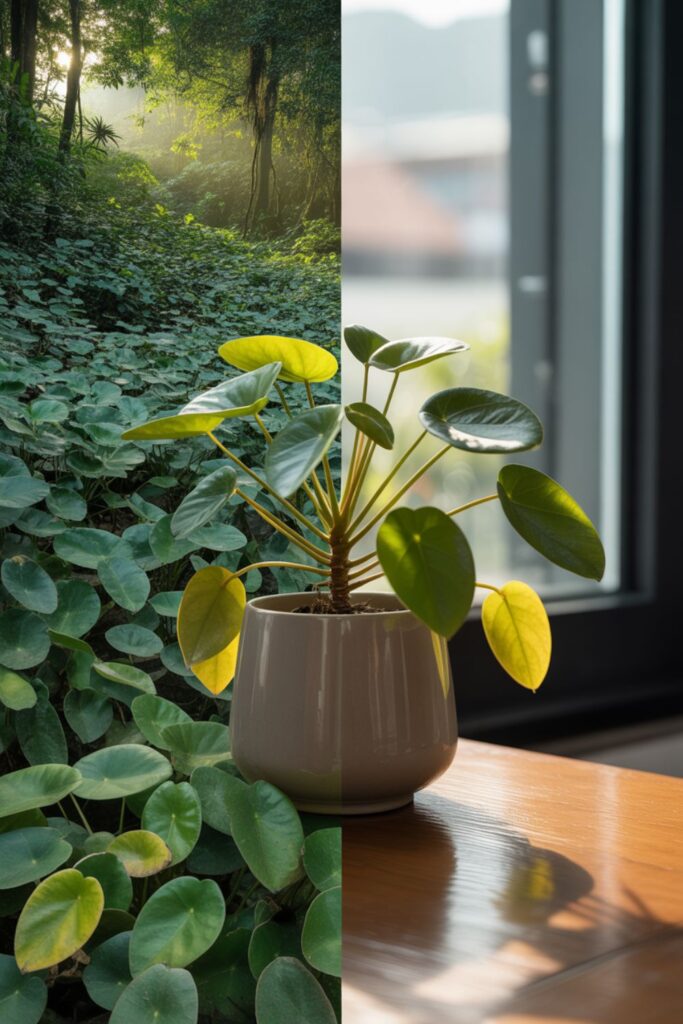
The money plant has both scientific and cultural significance.
- Botanical Origin: Native to Southeast Asia and Pacific Islands, this plant thrives in tropical climates. Its resilience makes it a favorite indoor plant worldwide.
- Cultural Belief: In Feng Shui and Indian Vastu Shastra, the money plant is considered a symbol of good fortune, wealth, and prosperity. It is often gifted during housewarmings, weddings, and business openings.
- Name Symbolism: The name “money plant” is derived from the belief that its round, coin-shaped leaves symbolize wealth.
Read More: 3 Floors Building Elevation Modern to Stylish Designs
Types of Money Plant
There are several varieties of money plants, each with unique leaf patterns and growth habits.
1. Golden Money Plant (Epipremnum aureum)
The most common variety with golden-green variegated leaves. It is highly adaptable and grows well in both soil and water.
2. Jade Money Plant (Crassula ovata)
A succulent variety with thick, glossy leaves shaped like jade stones. It is often kept in small pots and is believed to attract financial growth.
3. Marble Queen Money Plant
Known for its white and green marbled leaves, this plant adds elegance to any indoor setting.
4. Silver Money Plant
Featuring silvery-white patches on its leaves, this type is rare but highly attractive.
5. Satin Money Plant (Scindapsus pictus)
Characterized by velvety green leaves with silver markings, this money plant is perfect for decorative hanging pots.
6. Chinese Money Plant (Pilea peperomioides)
Famous for its round coin-shaped leaves, it is commonly grown in Europe and considered a lucky plant.
Benefits of Money Plant

The money plant is not just a decorative plant; it also offers scientific and spiritual benefits.
1. Air Purification
NASA’s Clean Air Study lists the money plant as an air-purifying plant. It absorbs harmful toxins like formaldehyde, benzene, and xylene, improving indoor air quality.
2. Brings Positivity
According to Vastu and Feng Shui, keeping a money plant indoors reduces stress, promotes calmness, and creates a positive environment.
3. Symbol of Wealth and Prosperity
The plant is believed to attract financial stability and good fortune, making it a popular choice in homes and offices.
4. Easy to Grow
Money plants are low-maintenance and can thrive in water, soil, or even glass bottles.
5. Decorative Purpose
With their lush, trailing vines, money plants are excellent for wall shelves, hanging baskets, balconies, and living room décor.
6. Health Benefits
By improving indoor oxygen levels, money plants help reduce eye irritation, headaches, and respiratory issues.
How to Grow a Money Plant
Growing a money plant is simple, even for beginners. It can be cultivated in both soil and water.
Growing in Water
- Take a healthy stem cutting with at least two nodes.
- Place it in a glass jar or bottle filled with clean water.
- Keep the jar in indirect sunlight.
- Change the water every 7–10 days.
Growing in Soil
- Choose a well-draining pot with good-quality soil.
- Plant the cutting directly in the soil.
- Water lightly but regularly to keep the soil moist.
- Keep it in indirect sunlight for healthy growth.
Money Plant Care Tips
To keep your money plant healthy and thriving, follow these essential care tips:
- Light: Prefers bright but indirect sunlight. Direct sun can scorch the leaves.
- Watering: Water only when the topsoil feels dry. Overwatering may cause root rot.
- Temperature: Ideal range is 15–30°C.
- Fertilizer: Use liquid fertilizer once a month for faster growth.
- Pruning: Trim regularly to maintain shape and encourage new leaves.
- Container Choice: Glass jars, ceramic pots, or hanging baskets all work well.
Propagation of Money Plant
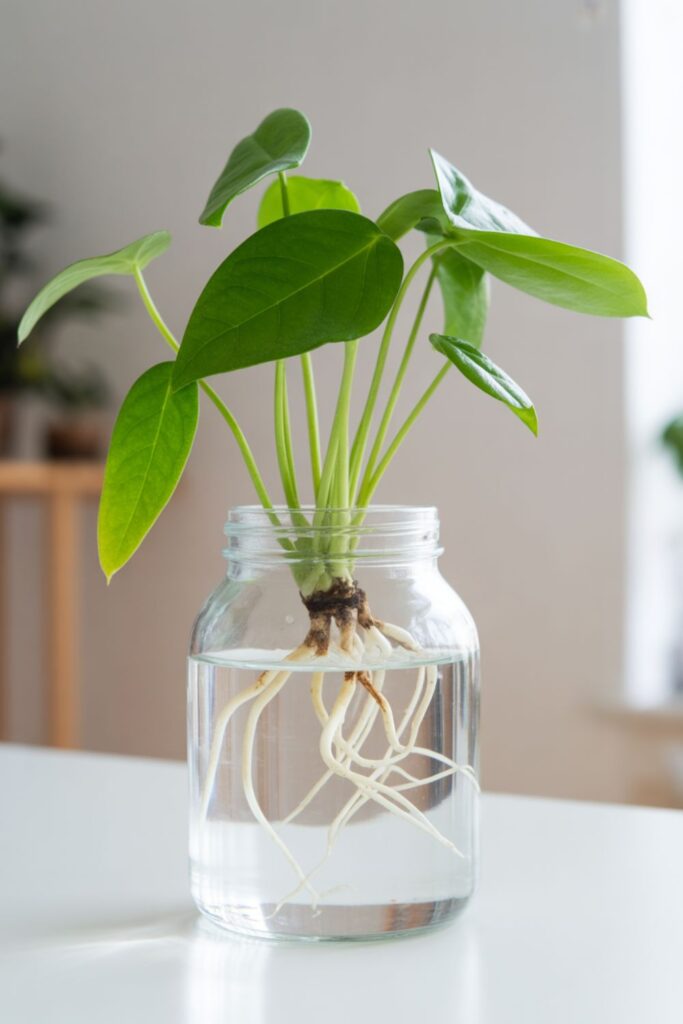
Money plants can be easily propagated from cuttings.
Steps for Propagation
- Cut a 4–6 inch stem below a node.
- Place it in water or soil.
- Ensure at least one node remains submerged.
- Roots will appear within 2–3 weeks.
This makes money plants an excellent choice for gifting, you can grow multiple plants from a single mother plant.
Money Plant and Vastu Shastra
According to Vastu Shastra, the money plant is considered extremely lucky when placed in the right direction.
- South-East Direction: Best placement for financial prosperity.
- North Entrance: Attracts positive energy.
- Bedroom: Avoid placing in the bedroom as it may cause financial instability.
- Avoid Dry Plants: Always keep the money plant green and healthy, as dry or yellowing leaves are believed to bring negativity.
Indoor Decoration Ideas with Money Plant
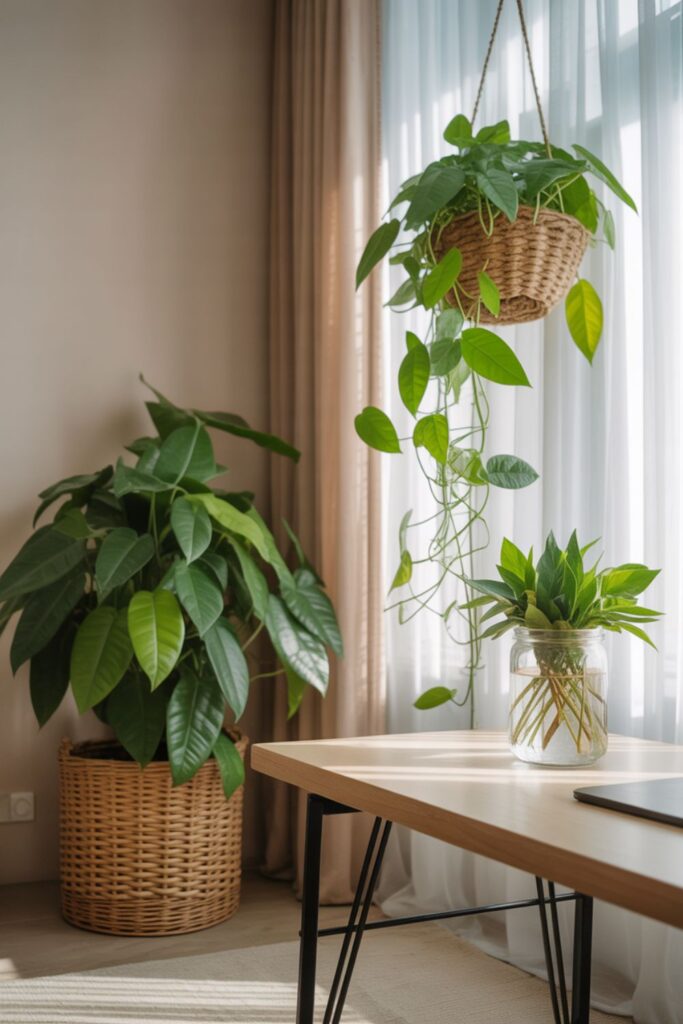
The money plant can be styled in various creative ways indoors:
- Hanging Pots: Perfect for balconies and windows.
- Glass Bottles: Transparent jars filled with water look modern and stylish.
- Wall Shelves: Create a green corner with cascading vines.
- Table Décor: Small potted money plants are ideal for office desks.
Read More About: 15 House Plants to Growing and Caring for Indoor Plants
Common Problems and Solutions
Like any plant, money plants may face certain issues:
- Yellowing Leaves → Caused by overwatering. Reduce watering frequency.
- Slow Growth → Lack of sunlight or nutrients. Move to brighter light and fertilize.
- Brown Tips → Low humidity. Mist the leaves occasionally.
- Drooping Leaves → Root rot or underwatering. Adjust watering habits.
FAQs About Money Plant
Q1: Can money plants grow without sunlight?
Yes, money plants can survive in low light, but they grow best in bright, indirect sunlight.
Q2: Can money plants be kept in water forever?
Yes, with regular water changes and occasional liquid fertilizer, it can thrive in water for years.
Q3: Which direction is best for a money plant?
According to Vastu, the South-East direction is considered most auspicious.
Q4: Is a money plant safe for pets?
Money plants are toxic to cats and dogs if ingested. Keep it out of their reach.
Q5: How fast does a money plant grow?
With proper care, it can grow up to 12–15 feet indoors over several years.
Conclusion
The money plant is more than just a beautiful indoor plant, it is a symbol of prosperity, positivity, and good luck. With its air-purifying properties, easy care requirements, and deep-rooted cultural significance, the money plant is truly a must-have for every home and office.
Whether you grow it in soil or water, style it in creative containers, or follow Vastu placement rules, this plant never fails to enhance both your living space and your life energy. If you’re looking for a low-maintenance indoor plant with maximum benefits, the money plant is the perfect choice.

